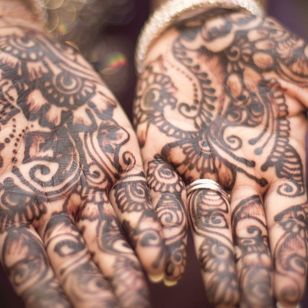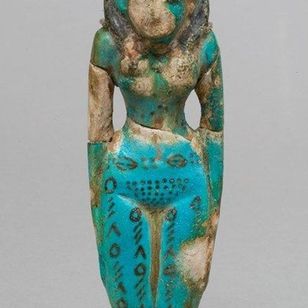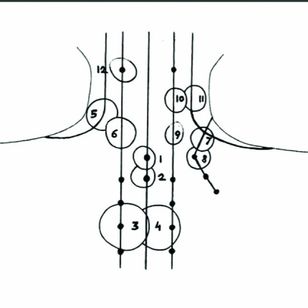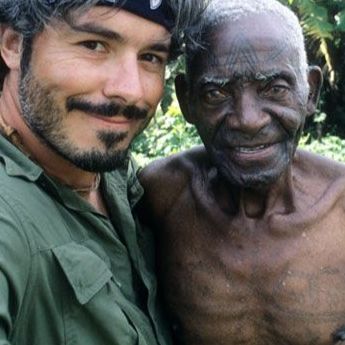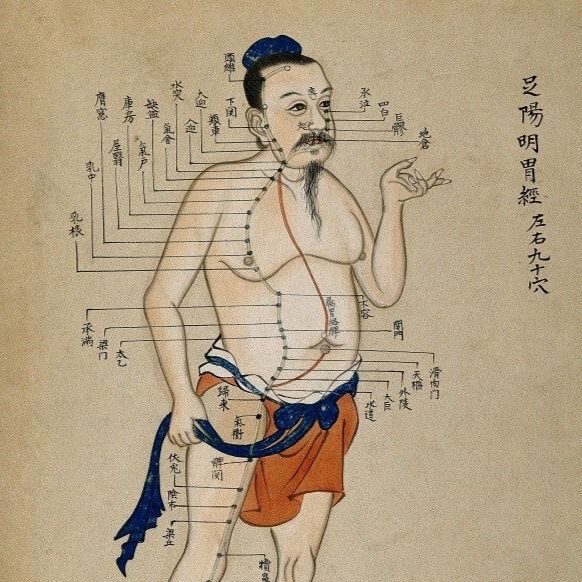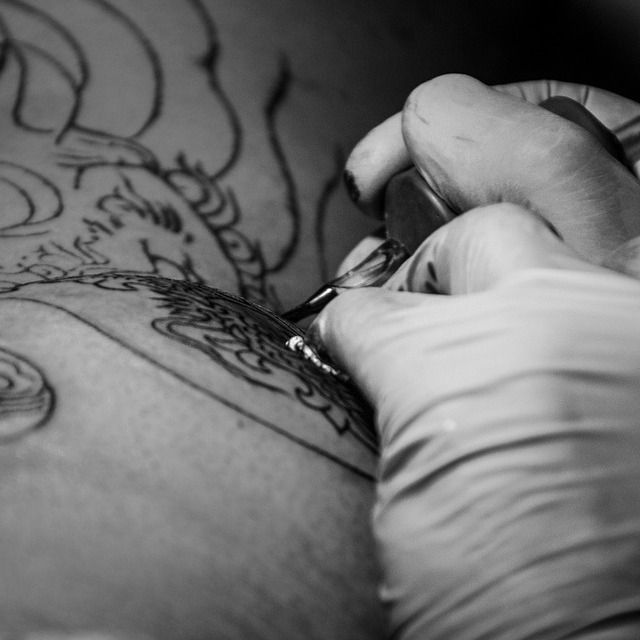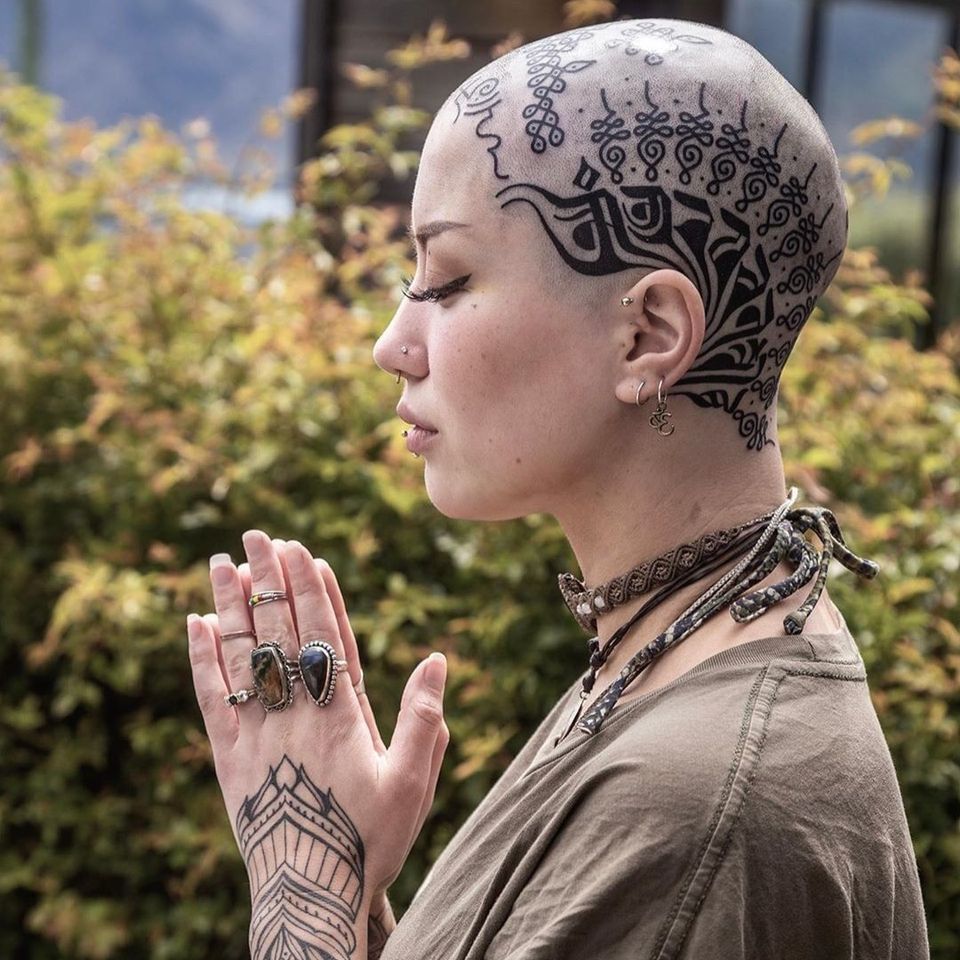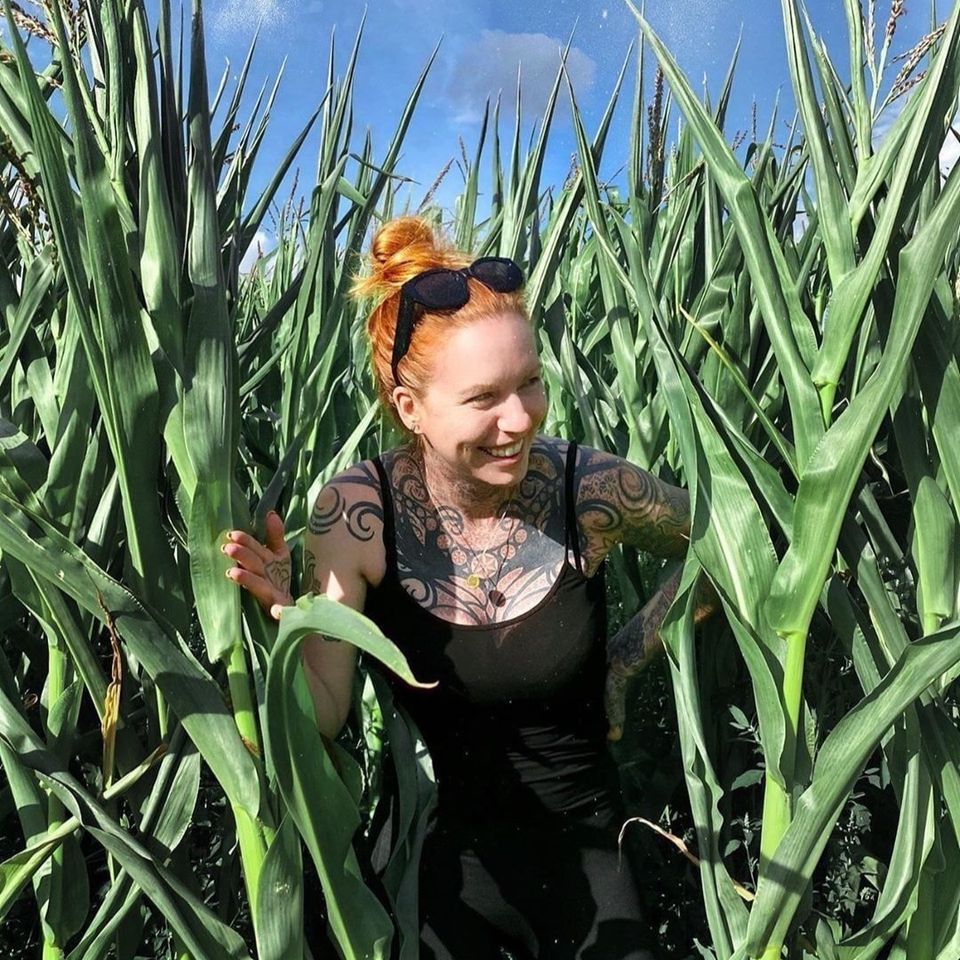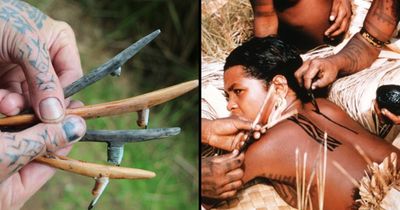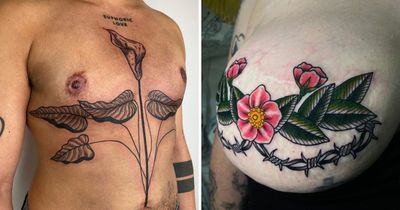The Medicinal Powers of Tattooing

Summary
In this article, we look into the potential healing powers and medical uses of tattoos, from the ancient to the contemporary.
Tattoos have been around for thousands of years, but their meanings and purposes vary greatly. For example, the Ancient Egyptians wore tattoos as protective adornments linked to their faith and belief in magic. In other cultures, tattoos are a rite of passage and are synonymous with a person’s heritage. And for some people, tattoos are purely cosmetic.
However, researchers have uncovered another reason for tattooing. It is now understood that for some, in both ancient societies and the contemporary era, tattoos have a more medicinal purpose. Here we look at the different medicinal powers associated with the tattooing process.
Ancient Forms of Medicinal Tattooing
The first evidence of medicinal tattooing can be found on the world’s most famous mummy, Otzi. Also known as “Iceman”, Otzi is a 5300 year old mummy discovered in the alps in 1991. His body is pretty well preserved having been trapped beneath a glacier for millennia and his body art remains visible.
Otzi’s tattoos include several groups of short lines on his lower back and ankles, along with two bands around his left wrist. Interestingly, tattoo anthropologist Lars Krutak found that 80% of these tattoos overlap with traditional Chinese acupuncture points, particularly those used to treat rheumatism and gastro-intestinal problems. This suggests that Otzi’s tattoos had more than just a cosmetic purpose.
Another example of this apparently medicinal approach to tattooing has was discovered upon further examination of a 1000 year old female Peruvian mummy. Along with various symbolic and animal-like tattoos, she also had an unusual pattern of overlapping circles on her neck.
Maria Anna Pabst of the Medical University of Gratz analyzed the remains and found that the ink in the neck tattoo wasn’t simply common ash or soot. Instead, this tattoo contained plant material. Pabst concluded that: “If you use different materials, they have different functions”. And since plants were used in ancient forms of medicine, it is believed that the function of this tattoo may have been to relieve pain in the neck muscles.
Curative tattooing practices have also been identified amongst Yupiget women on St Lawrence Island off the coast of Alaska. Lars Krutak found that the Yupiget use a form of tattooing known as skin-stitching. He noted how many of the geometric designs produced were located around joints. After probing further, Krutak discovered that whenever a member of the clan sprained a joint, dots would be tattooed over the swollen area to promote healing. The joint-tattooing practice has also been seen amongst Kayan men and women and the Inland Aroma people of Papua New Guinea.
Links Between Tattoos and Acupuncture
In each of these cases, it seems that tattooing was thought to have certain health benefits – most notably a reduction in pain. Krutak also noticed similarities between classic acupuncture points and the positioning of these tattoos. Here we explore the link between the two.
If you aren’t already aware, acupuncture is a form of complimentary therapy derived from ancient Chinese medicine. The process involves the insertion of fine needles at certain points in the body for the prevention or alleviation of certain medical problems.
Creating a micro-injury in the skin triggers several bodily responses. Neuropeptides like white blood-cells, amino acids and serotonin are released to down-regulate pain, reduce inflammation, fight infection and increase local circulation at the point of injury. The tattooing process, although different in several ways, promotes very similar responses.
Although tattooing usually involves the use of a machine which punctures the skin with multiple needles simultaneously at a lesser depth, the stimulation that occurs can also provide a therapeutic effect. As such, tattooing has been compared to methods of electro-acupuncture.
A study in the American Journal of Human Biology also found that tattoos can boost your immune system. Your body responds to the tattooing process by attacking the unfamiliar substance (ink). During this process, the body produces vital antibodies. Over time, these help to strengthen your immune system. The body eventually accepts the ink, the skin heals and the tattoo becomes a permanent feature.
Alternative Health Benefits of Tattoos
In addition to improved immunity, tattooing has also been linked to a number of other health benefits, including reduced stress levels. Studies show that people with multiple tattoos have lower levels of cortisol – the stress hormone. What’s more, the adrenaline and endorphin release that comes with tattooing, means that some people actually enjoy the painful process!
In contemporary culture, the medicinal powers of tattooing are often more focused around improved wellbeing versus physical health benefits. Tattoos are ultimately a form of creative self-expression with a variety of different meanings depending on the person. For some, a tattoo is used in a cosmetic way to boost confidence. Others wish to commemorate someone or something meaningful to them in a permanent piece of art.
Perhaps most interestingly, tattoos are increasingly being used to help wearers overcome past trauma. Tattoo artist Paul Booth explains: “survival, the endurance of pain, and ultimately an image that represents that experience as part of your past is what heals. The result [is] you feel empowered because you suffered through it and you survived.”
In this sense, tattoos can be understood as a form of alternative therapy, a bit like acupuncture. Except this time, the pain being resolved isn’t physical. Instead, the healing power of tattoos comes from helping the wearer to process deeper emotional pain. In this case, as Paul states, tattooing builds emotional strength through the endurance of a physically painful experience.
It is this therapeutic effect that highlights a shift in attitude towards medicinal tattooing. Few people now rely on tattoos to improve their physical ailments and most wouldn’t trust in the healing powers of ancient tattooing practices anyhow.
Instead, tattoos are now a way for the wearer to improve their overall wellbeing. This may be down to the freedom of self-expression or the increased confidence levels which come with new ink. However, the medicinal benefits of contemporary tattooing may be as simple as providing closure. This, it seems, is now the real healing power that tattoos offer their wearers.
